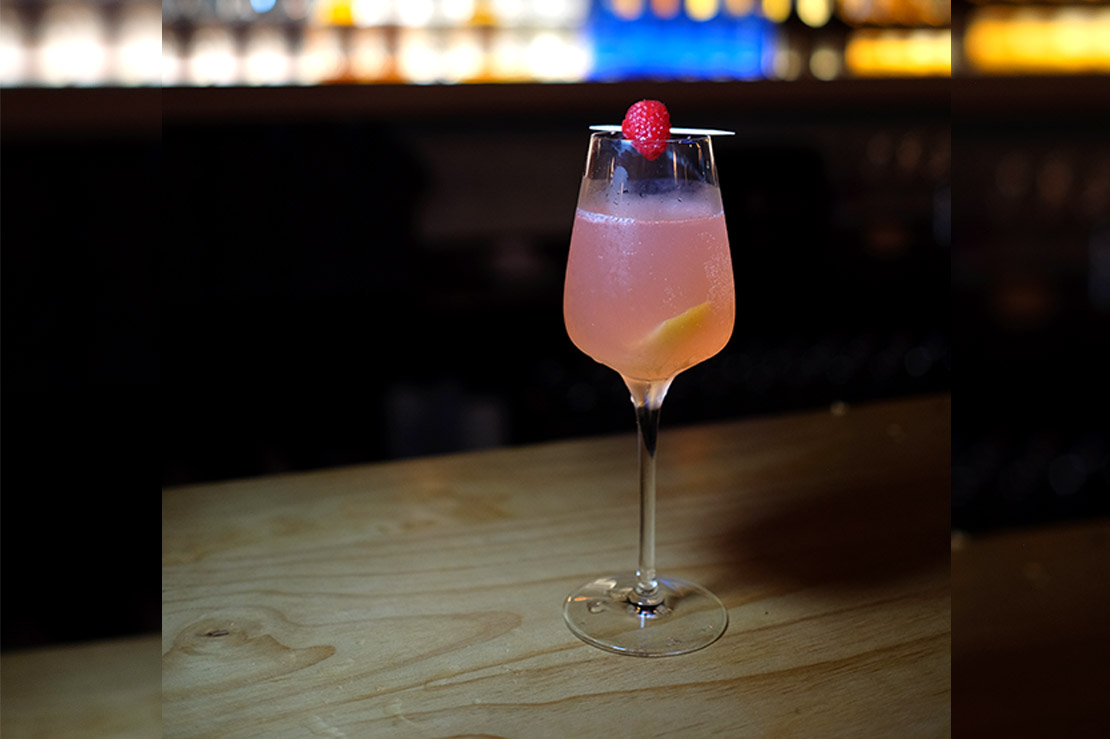The pandemic seemed to be behind us, but what remnants and habits are we carrying forward? Delve into the evolution of the beverage landscape post-pandemic as we dissect and forecast their influence for the year 2024. From pioneering whisk(e)y expressions to the newfound popularity of sparkling sake, the beverage industry has witnessed an array of developments, albeit minor, that signal certain trends moving forward.
Catching up with demand - Glenglassaugh Sandend and Portsoy
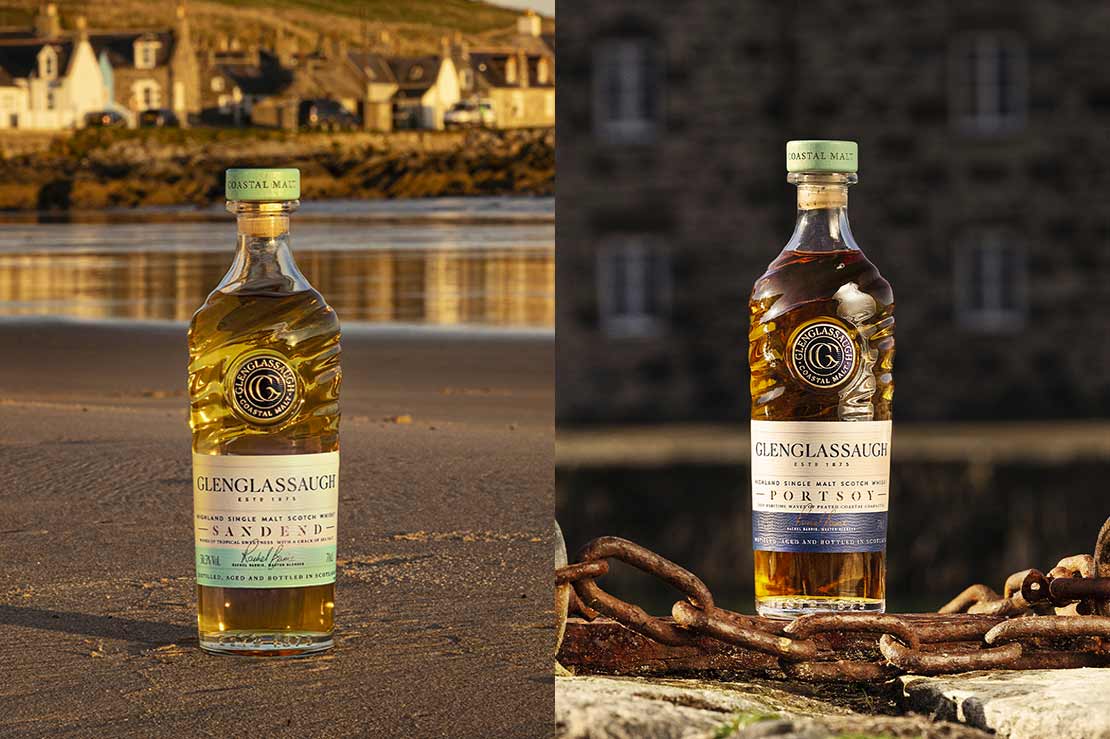
[Image source: Glen Glassaugh]
In 2023, Glenglassaugh unveiled two new Non-Age Statement (NAS) expressions, Sandend and Portsoy, named after their neighbouring towns. Both aged in bourbon and sherry casks, Sandend features an additional manzanilla cask while Portsoy is matured in port casks. Sandend, at 50.5% ABV, is remarkably elegant with a buttery texture, while the 49.1% ABV Portsoy offers a delicate, peaty taste with an umami finish.
The global whisky shortage might lead to more NAS releases, and Glenglassaugh, resuming production in 2008, have shared they will be unveiling whiskies from the 60s and 70s, promising exciting prospects with Master Blender Rachel Barrie at the helm.
Staying true to the heritage – Glen Grant 21
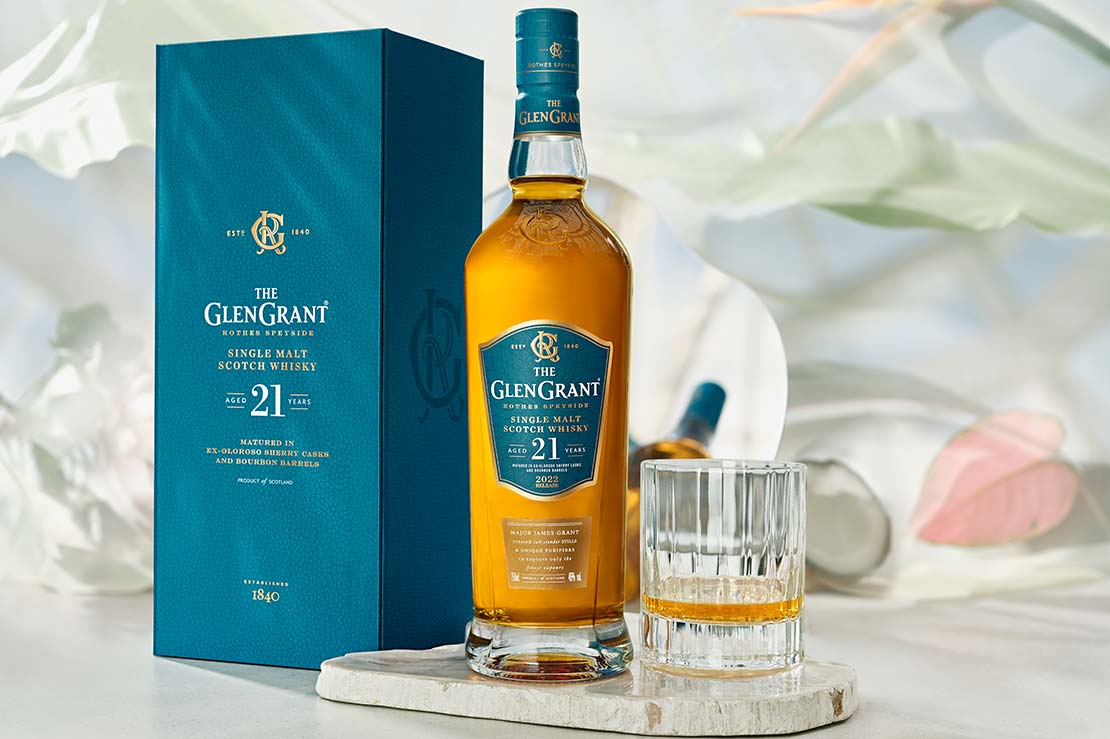
[Image source: Glen Grant]
Contrary to the NAS trend, Glen Grant launched a 21-year-old whisky as a core expression, a blend of whisky from oloroso sherry butts, hogshead, and ex-bourbon barrels aged in traditional stone dunnage Warehouse Number 4. Blended in small batches by Master Distiller Dennis Malcolm OBE, the liquid is bottled in its natural colour at 46% and non-chill filtered. The result is a full body whisky tastes of toffee and raisins, with a burst of tropical fruits and a long and elegant sweet caramel finish.
The launch of a high-age expression, though rare, aligns with long-standing distilleries and historical brands positioning at the premium level like the Glen Grant, distinguishing themselves from younger producers – especially as new world distilleries continue to emerge globally, as we'll discuss in the following section.
Coming up with a new method and making it stick - Starward Nova and Two Folds
Spirit producers are emerging in regions not traditionally associated with whisky production, appealing to younger consumers with innovative approaches in the competitive spirits market. In this crowded landscape, while conglomerates acquire smaller brands, craft distilleries like Melbourne-based Starward continue to thrive, expanding market shares and earning accolades, notably entering the Singapore market in 2021 amidst the pandemic.
Australia, known for its wines, sees Starward Distillery maximising the use of wine barrels from local wineries to age their whiskies. Adopting a "wet fill" method, they swiftly fill these barrels after emptying, requiring minimal steaming for cleansing before new make filling. This technique imparts heightened fruitiness distinct from lightly charred barrels used for their smaller batches.
The Nova and Two-Fold expressions are exclusively mature in red wine casks utilising the wet fill method. Nova displays bold berry notes and a chocolatey, fruity profile, while the wheat and single malt Two-Fold whisky offers juicy fruitiness carrying oak spice and vanilla undertones. As more distilleries advocate for their products in cocktails, Starward aligns with this trend.
One brand takes an additional step by promoting their blended Scotch as the primary base for the whisky cocktail, Penicillin.
Use local – Westward Pinot Noir Cask, Stout Cask and Cask Strength
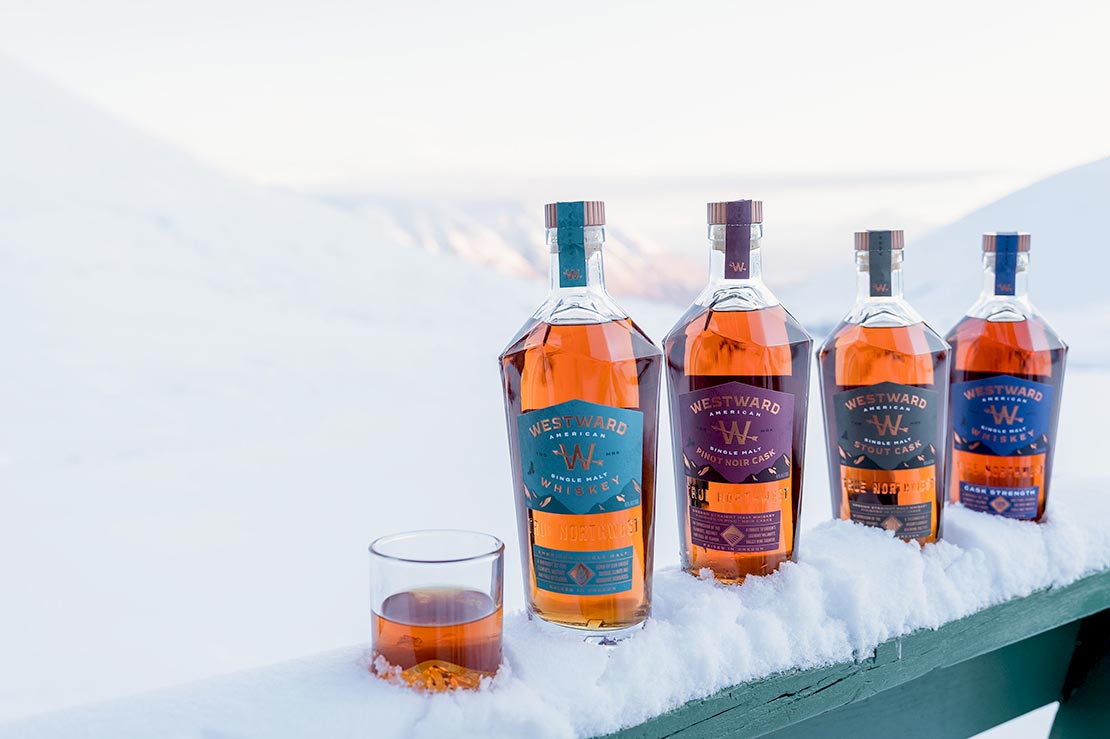
[Photo: Daniel Fowler]
Across the Atlantic in the United States well-known for their bourbons, a newer category is rising to the fore. The single malt champion distillery, Westward is giving single malt whisky drinkers a new taste and going beyond the requirements set for American single malts. Based on the strong believe that quality spirits starts with the brewing process, Westward’s new make is the distillation twice of American Pale Ale brewed in house from scratch using 100% barley sourced from the Northwest.
Westward Whiskey introduced its premium range – Pinot Noir Cask, Stout Cask, and Cask Strength – in Singapore, alongside the Westward Whiskey Original. Making its Asian debut with a new bottle design and logo, it pays homage to the American Northwest, the whiskey's place of origin. Established in 2004 by Christian Krogstad during an era with only 30 craft distilleries, Westward aimed to produce innovative American Whiskey, bagging numerous awards along the way. Today, amidst 2,200 distilleries, it remains driven by passionate brewers, chefs, and distillers sharing the same vision.
Collaborate to fill a missing piece – Brass Lion Whisky
In Singapore, a gin distillery has taken a similar approach. Brass Lion Distillery launched its inaugural grain-to-bottle whisky, created in collaboration with a local craft beer brewery. Partnering with General Brewing Co in 2019, they crafted a fruity wash using ale yeasts and Moris Otter malt, suited for Singapore's tropical climate. The new-make spirit, distilled twice from a 2000-liter wash, matured for over three years in bourbon barrels before bottling. With an 8% loss to angel's share, the distillery produced 427 bottles of 500ml at 40% ABV and 70 bottles at 65% cask strength. Tasting notes reveal wood-kissed vanilla, honeyed sweetness, and a smooth finish.
The production of such whisky incurs considerable expenses due to imported raw ingredients, elevated shipping costs, and the pricey storage space on the island. In the upcoming segment, we'll explore a brand that achieved similar feats in half the time by voyaging across the Pacific by sea to complete its journey.
Go Crazy or Go Home - Jefferson’s Tropics Aged in Humidity
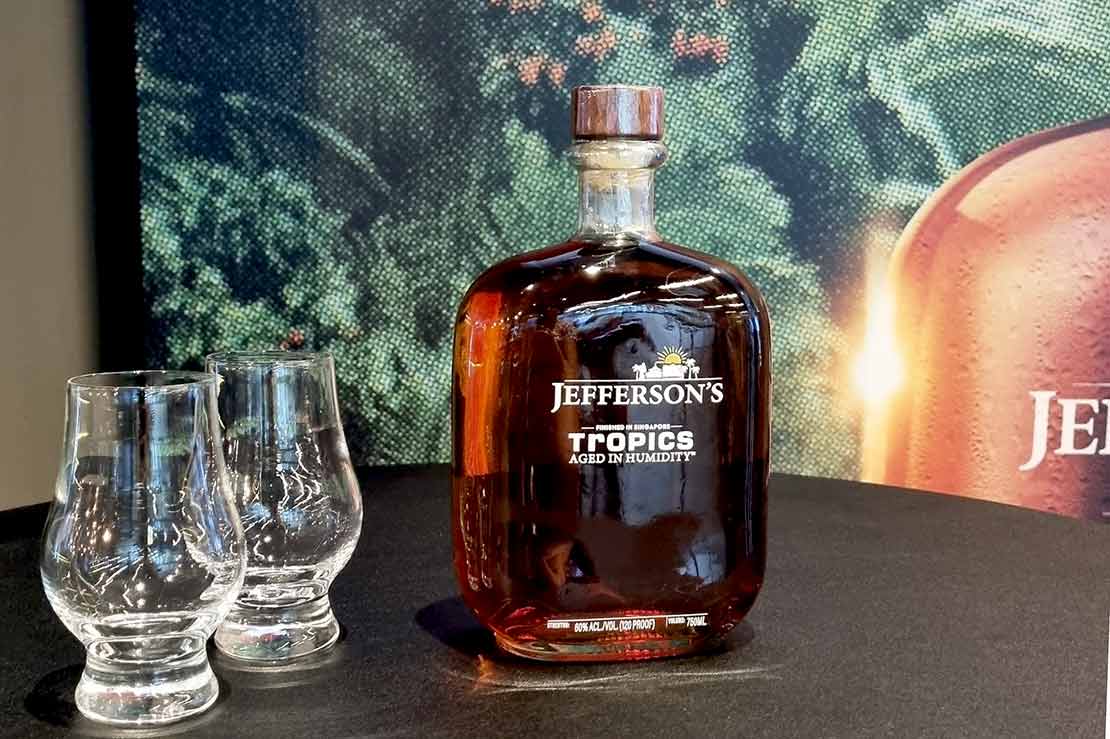
[Photo: Kim Choong]
Trey Zoeller, the founder of Jefferson’s, is renowned for his daring ideas. One such endeavor involved shipping whiskey from Kentucky to Singapore for an 18-month aging process in extreme heat (82.1 a.e.) and humidity (83.9 a.e.). Out of 720 barrels, half were stored in a courtyard, and the remainder in metal containers. Departing from the Singapore port in December 2021 via sea voyage, the whiskey returned home and was bottled in March 2023. This unique process aimed to infuse the whiskey with the essence of its environment. Initially aged in Kentucky, it qualifies for labeling as Kentucky bourbon and is exclusively available locally upon release.
After donating generously to the angel’s share, only 8 bottles remain from each barrel. Bottled at 52% ABV after blending, the liquid carries intense salinity, oaky notes, and subtle spice, resulting in a full-bodied whiskey. To pay homage to its Singapore journey, the whiskey is dedicated to the Singa-Bourbon Sling, replacing gin with this exclusive bourbon.
Bottled cocktails
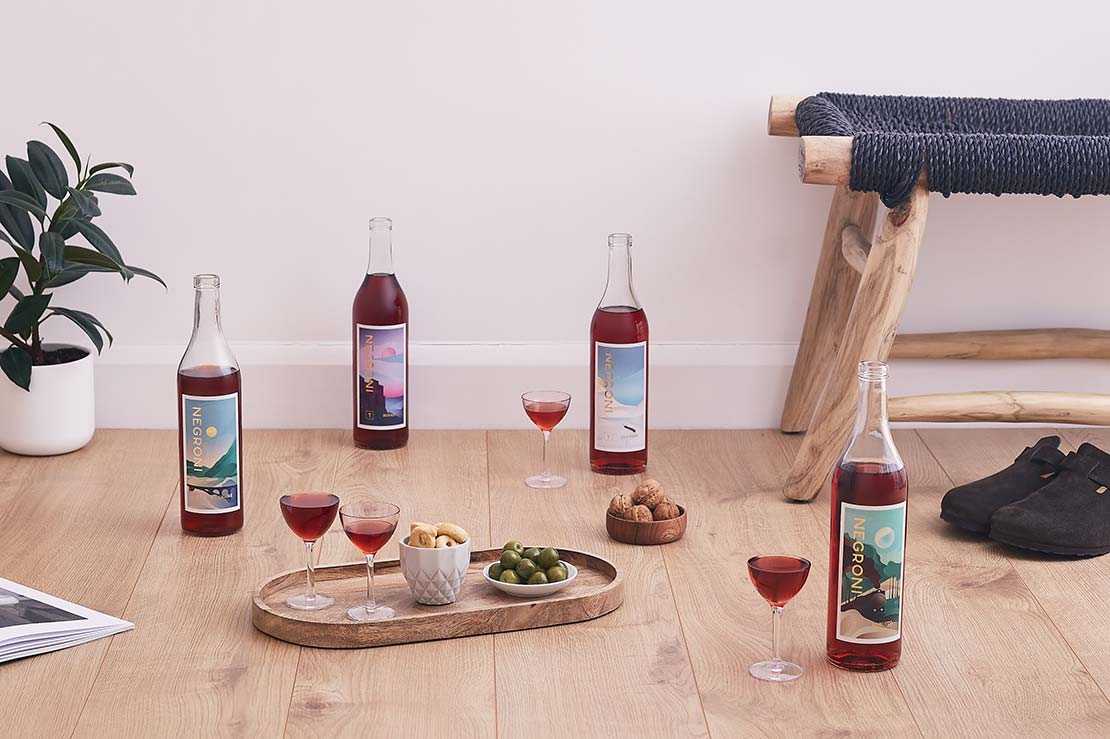
[Image source: Bar Termini]
While bottled cocktails might appear obsolete now that social activities have resumed, they remain a convenient way to launch new releases, especially concoctions that are easily poured and enjoyed at home.
Age it even more, at home
During Negroni Week, London’s Rome-inspired café-bar, Bar Termini, introduced its renowned bottled Negronis and Il Diciotto Amaro to Singapore at the coffee and wine bar, Wildcard. Bar Termini utilised sous vide cooking to replicate aged Negronis, bottled at sipping strength for easy enjoyment at home. If you tend to forget about the bottles left in the fridge and only pull them out again during spring cleaning, this not only solve spoilage problem but may even elevate the enjoyment.
Taste from afar
We have never been to Sora Bar in Phnom Penh but got the taste of one of their cocktails, Jewel Princess, through Proof & Co.. They curated and delivered the drink to us in a bottle, along with some of the bar's memorabilia. However, nothing beats a personal visit to the bar itself.
Gift like you made it
Bar Spectre's mulled wine, priced at $68 nett, is not only delicious but also packaged in a sturdy bottle, making it a great gifting choice. Instead of arriving at a party with a standard bottle of wine, bring Bar Spectre's mulled wine, complete with a prominent cinnamon stick that adds a personal touch not found in store-bought products.
Awasake bubbles up
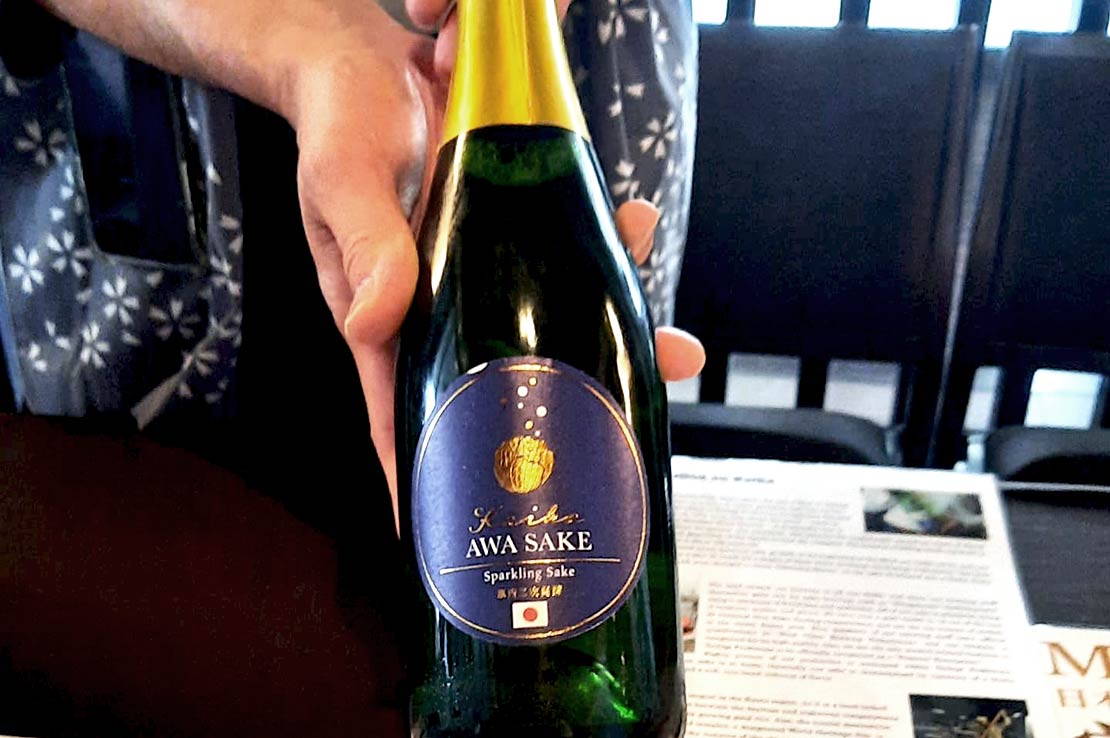
[Photo: Julia Ung]
During the Awasake Association Business Matching, we sampled awasake (sparkling sake) and were impressed by several brands, particularly Daiichi Sake Brewery, Saito Syuzo, and Sake Generation, which showcased innovative and terroir-focused approaches. The increasing global demand for awasake, notably in the United States, China, South Korea, and Singapore, led to the establishment of the Japan Awasake Association in 2016. This growing interest prompted Japan's National Tax Agency to move towards classifying sparkling sakes based on region and production methods, similar to France and Italy's AOC and DOP accreditation systems. As a result, we anticipate the entrance of more craft sakes into expanding markets like Malaysia, positioning themselves as fashionable and premium products.
Conclusion
Collaborating with the local community has proven to lay a solid foundation for any brand. Not only does it foster a sense of belonging and trust among locals, but it also spurs economic growth. Engaging with local suppliers and talent often results in cost efficiencies, bolstering regional economies and generating job opportunities. Furthermore, such collaborations significantly reduce the carbon footprint and other environmental impacts linked to transportation and global supply chains. By sourcing locally, businesses contribute to sustainable practices and promote environmental responsibility.
This business strategy will continue to be adopted considering the vast benefits of supporting local businesses. Embracing these partnerships is not just a win for the brands involved but also for the entire community, fostering a more resilient and sustainable future.
- T -
